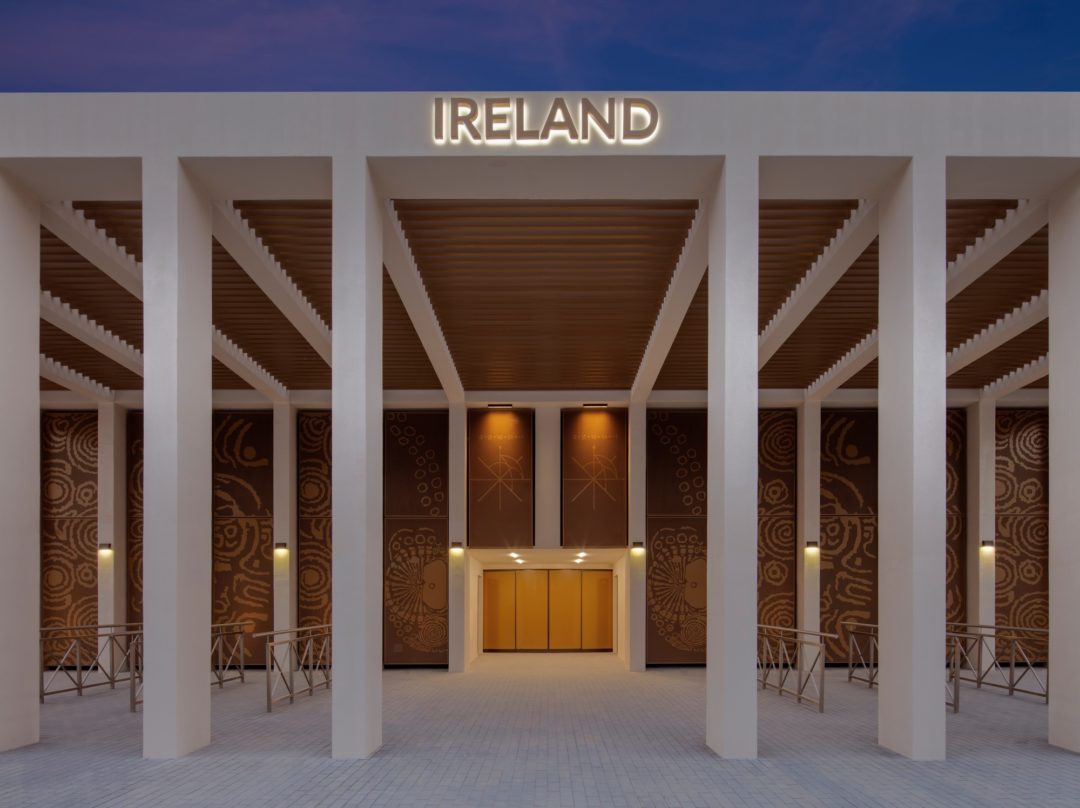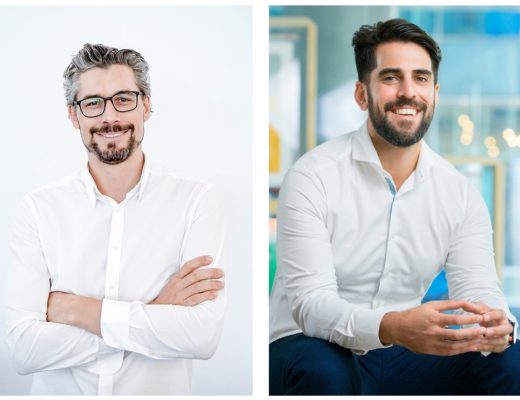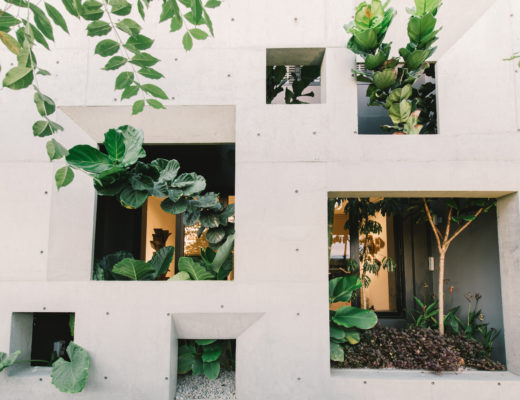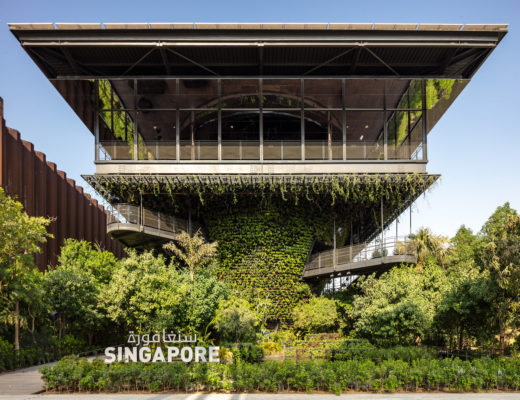“Transformation Strategies: European Architecture as Caregiver” EU Mies Award Exhibition is being showcased at the Ireland Pavilion until 31 December 2021.
With more than 70% of the world’s population expected to live in cities by 2050, Europe has been rethinking the way habitats are designed and managed taking into account its people, history, geography and global political economy. Climate change, pollution, digitalisation and demographic explosion are also, maybe more than ever, global threats that endanger the planet, its limited natural resources and the wellbeing of humans and animals.
Buildings and infrastructures are responsible for at least 40% of all greenhouse gas emissions and architecture must support the rethinking and replanning of Europe in such a way that it prioritises the environment through a cultural project in which design and sustainability are intrinsically interntwined. The Euro 1.8 trillion European Green Deal aims at transforming the European Union into the first climate-neutral continent by 2050 while decoupling economic growth from resource use and leaving no person and no place behind. To do so, its cultural component, the New European Bauhaus movement, is creating bridges between the world of science and technology and the world of art and culture in order to combine sustainability with aesthetics, affordability and inclusion.
The exhibition analyses these challenges through examples of excellent architectural transformations carried out in Europe and that different juries of the European Union Prize for Contemporary Architecture – Mies van der Rohe Award have highlighted.
The Fundació Mies van der Rohe and the European Union have organised the EU Mies Award since 1988 and it has become the leading reference for architecture in Europe and worldwide. The Prize has brought together and analysed more than 4,000 works of architecture, landscape and urban design which have improved the way we live. The latest two winners, “DeFlat Kleiburg” in Amsterdam and “Transformation of 530 dwellings – Grand Parc Bordeaux”, have shown a special attention towards the importance of transforming what already exists and how we can create better and diverse communities. In the exhibition, these two projects are accompanied by several other works that explain how European architecture becomes a caregiver of the planet and its inhabitants in the context of Europe’s and Ireland’s long heritage of arts and culture.
Visitors can download the EUMiesAward App and follow the tour of all the works presented in the exhibition on the map.
You might also like:




